Sales figures for Tesla have declined substantially in California where EVs experience their greatest market demands across the United States. The California New Car Dealers Association (CNCDA) published a report showing Tesla registrations dropped by 11.6 percent in 2024 which became the first annual sales decrease in ten years for the company.
Tesla faces increasing competition across California EV sales because its market share dropped by 7.6 percentage points as the entire EV market in the state showed growth of 1.2%.
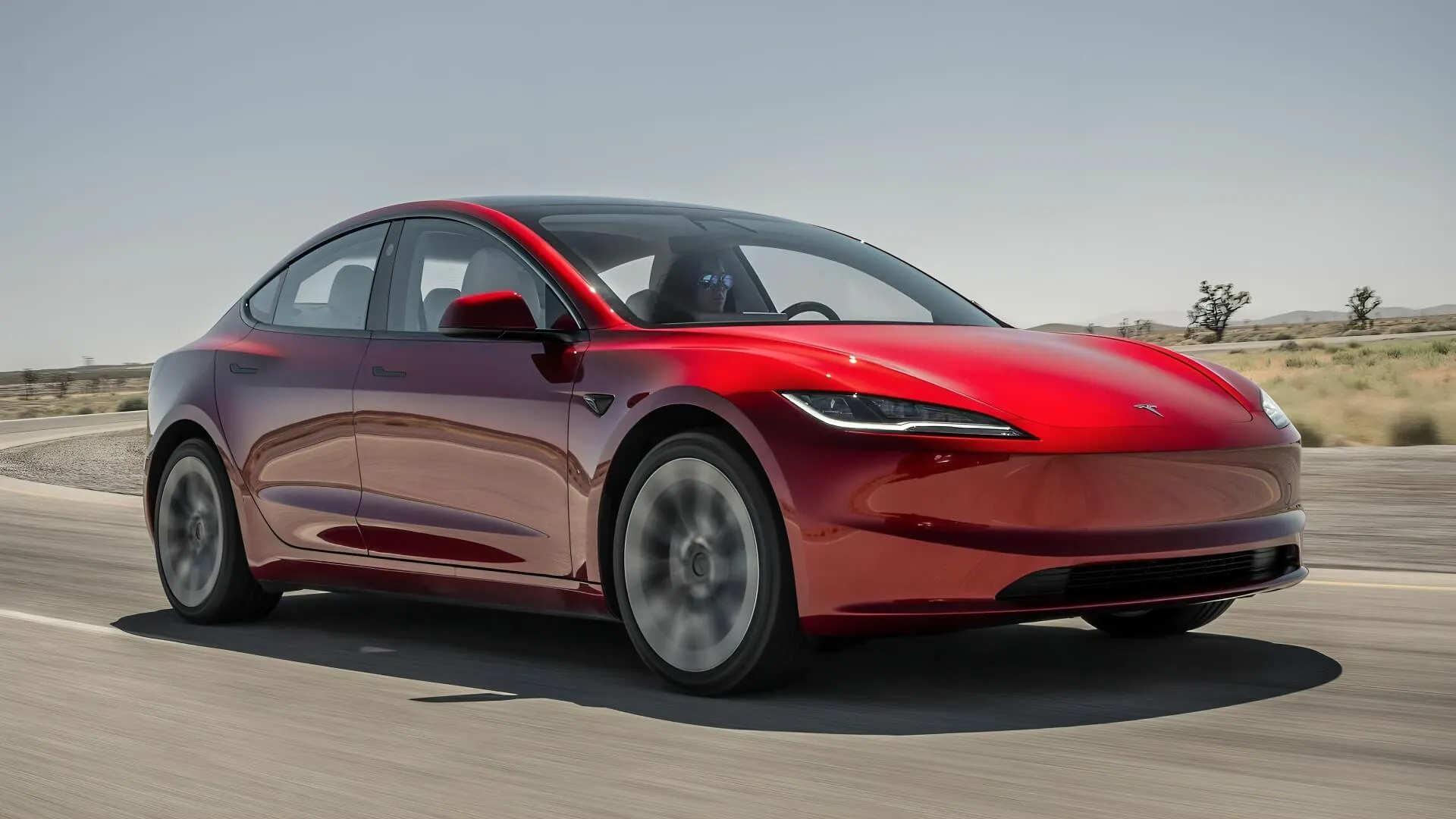
Sales Performance and Market Share
Tesla moved 633,762 vehicles throughout the U.S. during 2024 yet this figure signifies a specific drop of 5.6% since 2023. The California market saw Tesla lose 7.6 percentage points of its total market share during 2024 while its total share dropped from 60.1% in 2023 to 52.5% in 2024. The sales of Tesla’s Model 3 experienced a major 36% drop which magnified the existing decrease in the company’s popular Model 3 model.
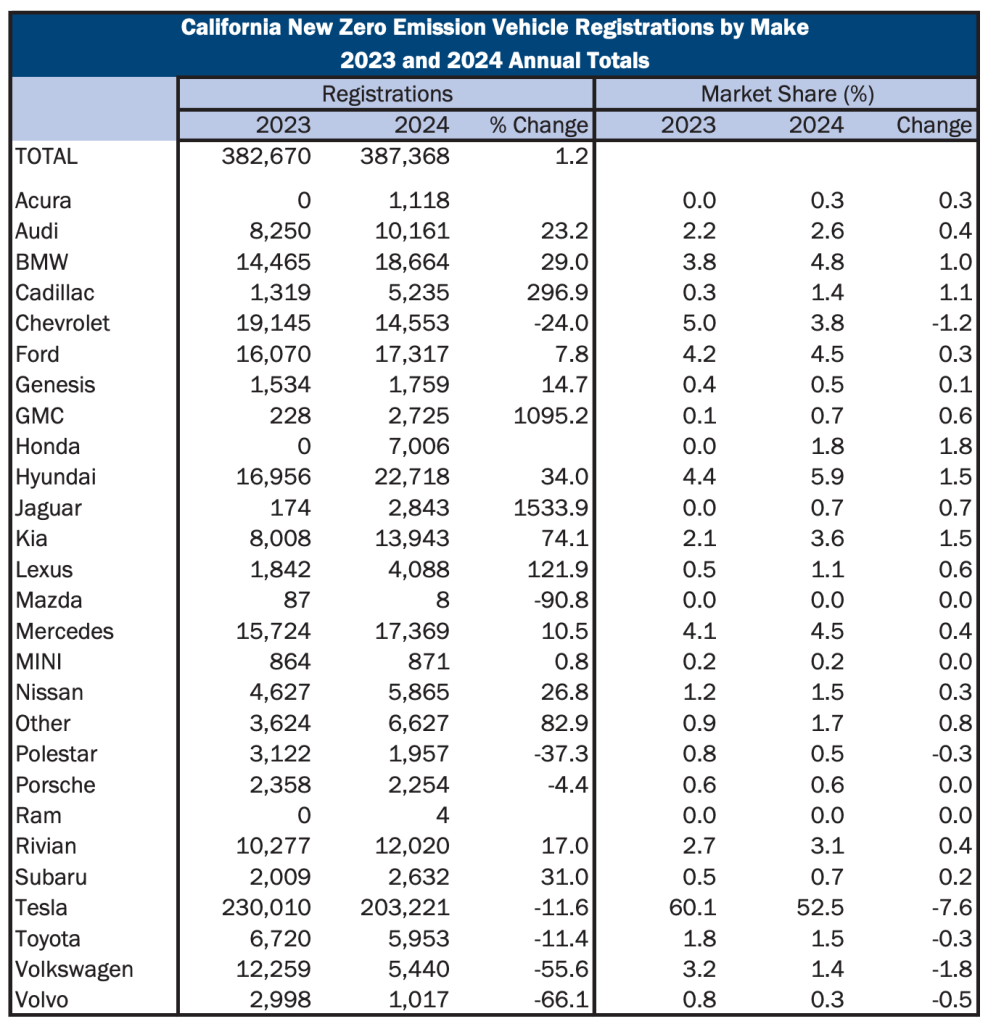
The CNCDA report shows that Tesla experienced declining registrations during five straight quarters which reached an 8% decline point in Q4 2024. Such a decline stands as a severe concern for the company which is famously associated with electric vehicles. Tesla maintains dominance as the main supplier of zero-emission vehicles in California yet its market position declines because other competitors accelerate their product expansions in the electric vehicle market.
Competitive Landscape
The California EV market remains strong even though Tesla has faced financial struggles. Other automotive brands experienced impressive market growth in California after removing Tesla from the calculation because consumers searched for alternatives to Tesla’s product line. General Motors together with Ford Motor Company increased their EV production while using powerful marketing strategies to attract customers through new vehicle models and pricing benefits.
More consumers buying electric vehicles enable established brands to capitalize on their existing infrastructure and reputation to enter and compete within this developing market. Potentially GM achieved elevated EV sale numbers because of its emphasis on consumer demands combined with technological enhancements as reported by the company’s management.
Factors Influencing Sales Decline
Various elements seem to explain Tesla’s decreasing market performance in California. A crucial aspect stems from CEO Elon Musk’s active political support toward Republican candidates during the latest electoral period. Musk’s substantial financial support totaling $288 million for Republican candidates seems to have driven away potential customers in California.
Consumer views about Tesla brand may be shifting because of current political issues leading people to avoid Tesla purchases who previously showed interest in the brand.
Additionally, while Tesla introduced new models like the Cybertruck, which began deliveries late last year, this has not been enough to offset declines across its existing lineup. The loss of market appeal caused by the old product lineup exists while competitors launch newer and more technologically advanced options.
Future Outlook
Research analysts have a positive outlook on the future direction of EV sales throughout the United States despite current obstacles. The industry analysts predict a major expansion for the coming years which indicates that electric vehicles will achieve a 10% share of total U.S. vehicle sales in 2025. Future developments stem from how automakers handle regulations shifting beneath the new administration while they respond to modifications in consumer market demands.
To regain market leadership Tesla must resolve declining sales numbers and improve its products according to advancing consumer requirements. The rising market competition and incoming competitors force Tesla to develop its products and technologies at an accelerated pace.
Conclusion
Tesla continues to dominate electric vehicle markets but the company faces essential obstacles after California customers started purchasing fewer vehicles. The company’s path to future success depends on immediate effective reactions to market transformations and maintenance of its well-known innovation and quality standards during intensified marketplace competition.

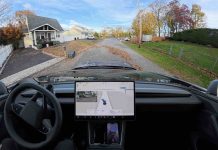


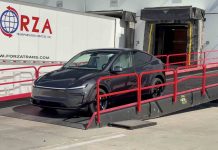
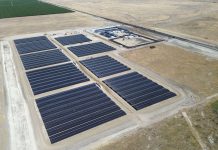
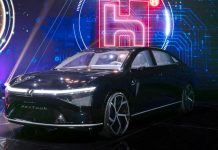
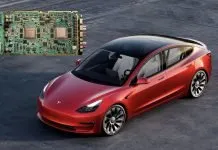
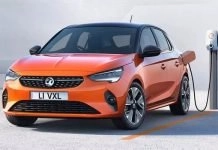

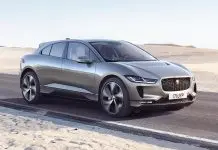

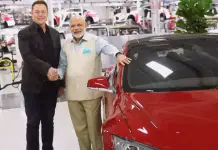
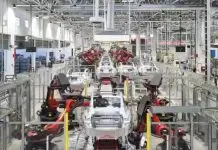
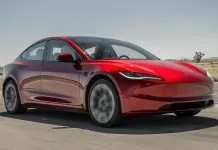

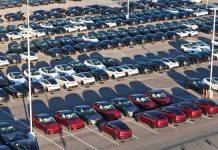
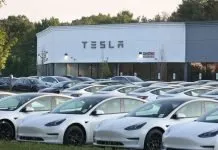
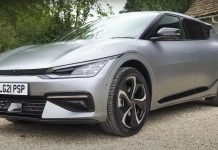
Nothing in this article talked about January 2025 like the title suggests. It’s just doom and gloom.